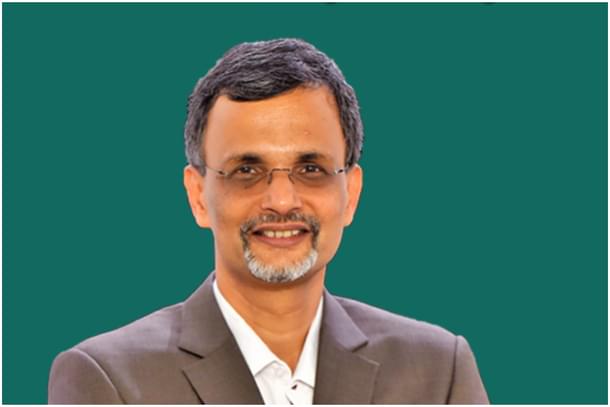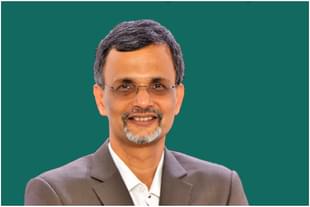Economics
CEA V. Anantha Nageswaran And Co-Author Respond To Charges Of Government 'Downplaying Inconvenient Macroeconomic Facts'
Swarajya Staff
Sep 08, 2023, 07:03 PM | Updated 07:03 PM IST
Save & read from anywhere!
Bookmark stories for easy access on any device or the Swarajya app.


"Indian authorities are choosing to dismiss inconvenient facts so that they can parade seemingly flattering images and headline figures ahead of the G20 summit. But they are playing a cynical, dangerous game".
These are the concluding lines of a piece written by Ashoka Mody and published in Project Syndicate on 6 September.
It was written in the aftermath of India releasing the numbers for Q1FY24 last week.
According to data released by the National Statistical Office (NSO) on 31 August, India's Gross Domestic Product (GDP) expanded by 7.8 per cent during the April to June quarter (Q1) of the current financial year.
Mody however argues in his article that India's 'slippery national account statistics betray a desire to wish away slowing growth'. His primary complaint seems to be with what he terms as 'a mysterious line about “discrepancies.”
This discrepancy referred to here is the difference between the national income estimates arrived at by the expenditure methods and the income methods. For the latest numbers released by NSO, a discrepancy of 2.8 per cent had been listed.
Mody's charge in his piece is that the 'NSO nonetheless treats income [method] as the right one and assumes (as implied by its “discrepancy” note) that expenditure must be identical to income earned. This is an obvious violation of international best practice'.
Chief Economic Advisor V. Anantha Nageswaran and advisor to the Ministry of Finance, Rajiv Mishra have today written an article in Live Mint spelling out clearly why Mody's charge does not hold water.
Taking the 'discrepancy' argument right at the beginning, they argue that:
Data collection and data systems in India are so designed that they favour the estimation of national income from the income side rather than expenditure side.
It's simpler to calculate an entity's income or gross value added (GVA) by considering the difference between its output and inputs.
In the context of India, this is more straightforward than analyzing output-wise expenditure in the entire economy and then going on to separate the expenses on final goods and services from the expenditure on intermediate ones.
In Q1 of 2023-24, the discrepancy of 2.8% has a plus sign. This indicates that the expenditure side has explained only 97.2% of the income side. It does not mean that the 2.8% that has yet to be explained does not exist. It exists and lends itself to being explained in subsequent quarters.
Nageswaran and Mishra go on to say that:
The preceding eight quarters have displayed negative discrepancies, which indicates that the expenditure side has been over-explained and requires reconciliation.
Over an extended period, the negative and positive variations tend to balance each other out.
"Therefore, the insinuation that GDP is exaggerated does not hold ground", says the Chief Economic Advisor and his co-author in their piece.
They continue:
The national income estimate arrived at by the income side approach has NOT ALWAYS exceeded the estimate arrived by the expenditure method.
Discrepancies have been distributed fairly since 2011-12, ranging from 6.4 per cent to (-) 4.8 per cent.
The most recent quarter's discrepancy falls within this range, which can be easily confirmed.
When statistical authorities announced a GDP contraction of about 25 per cent in the first quarter of 2020-21, there were no doubts about the reliability of Indian statistics.
"That data suited naysayers, and hence it was ‘credible.’", say Nageswaran and Mishra.
Also, argue the duo, the charge of Mody and others like him, could have been taken seriously if the government always chose to report the higher of the estimates between the income and expenditure methods.
However, regardless of the final figure, the government has always reported the income method numbers, regardless of 'whether it exceeded or fell short of the expenditure-based estimate'.
In conclusion, V. Anantha Nageswaran and Rajiv Mishra write that India stands on a 'foundation of economic stability on which the edifice of sustained economic growth and higher living standards will rise in the coming years'.





